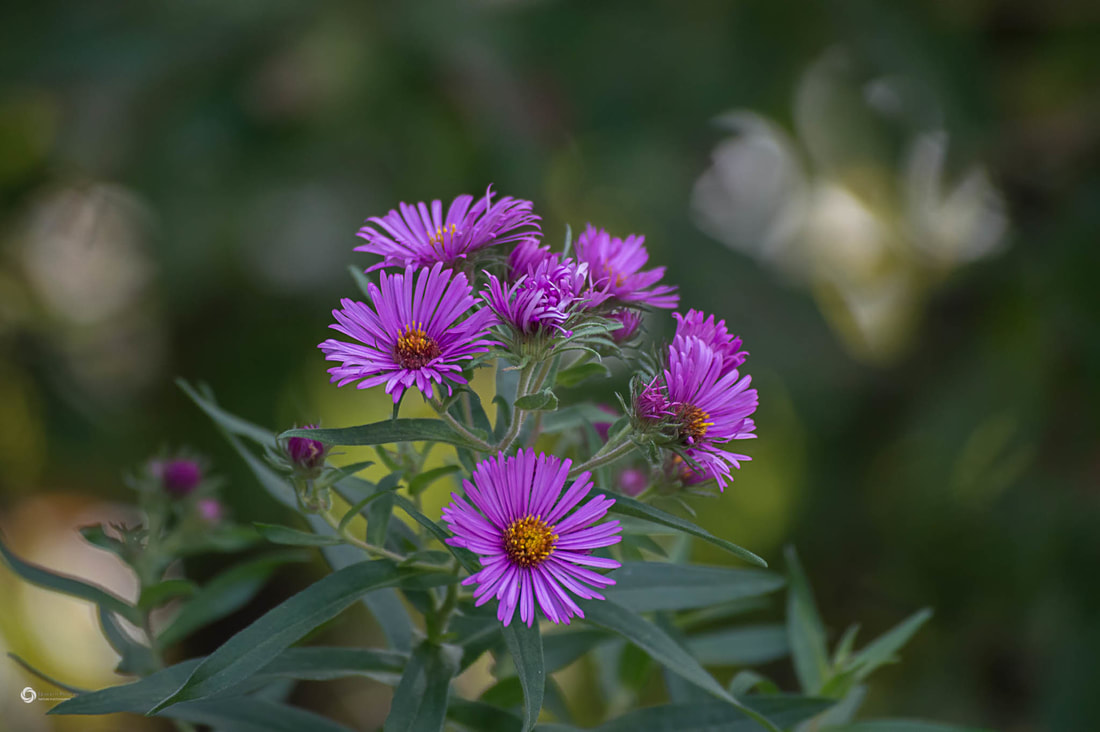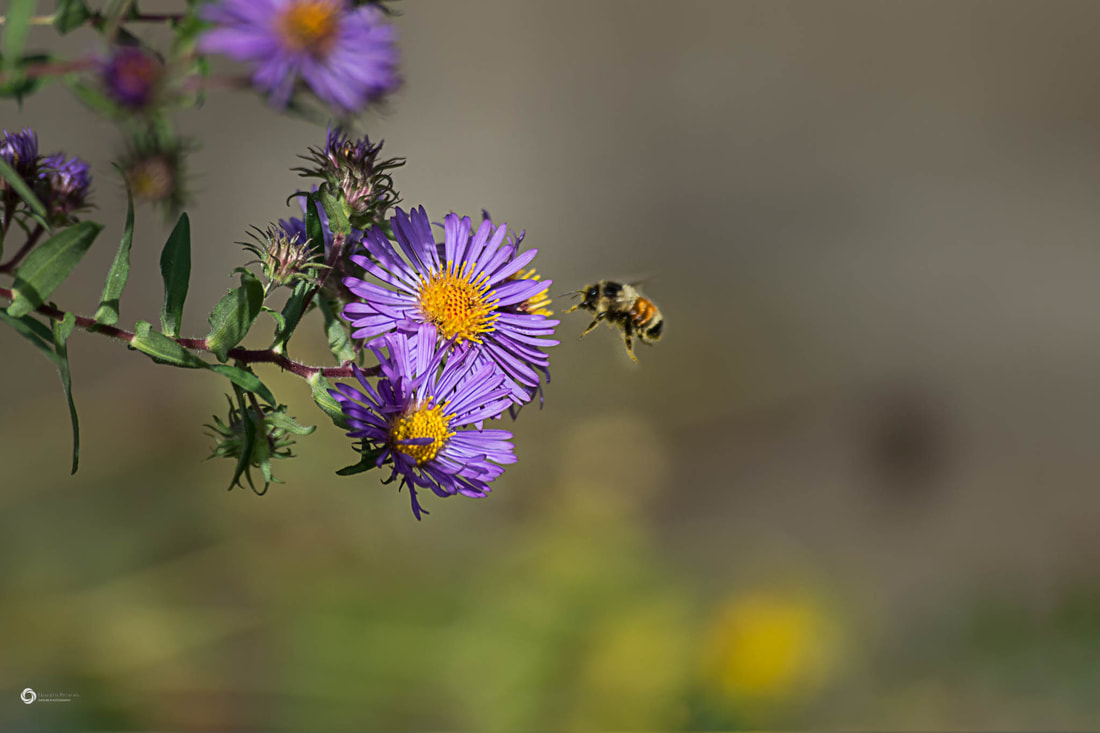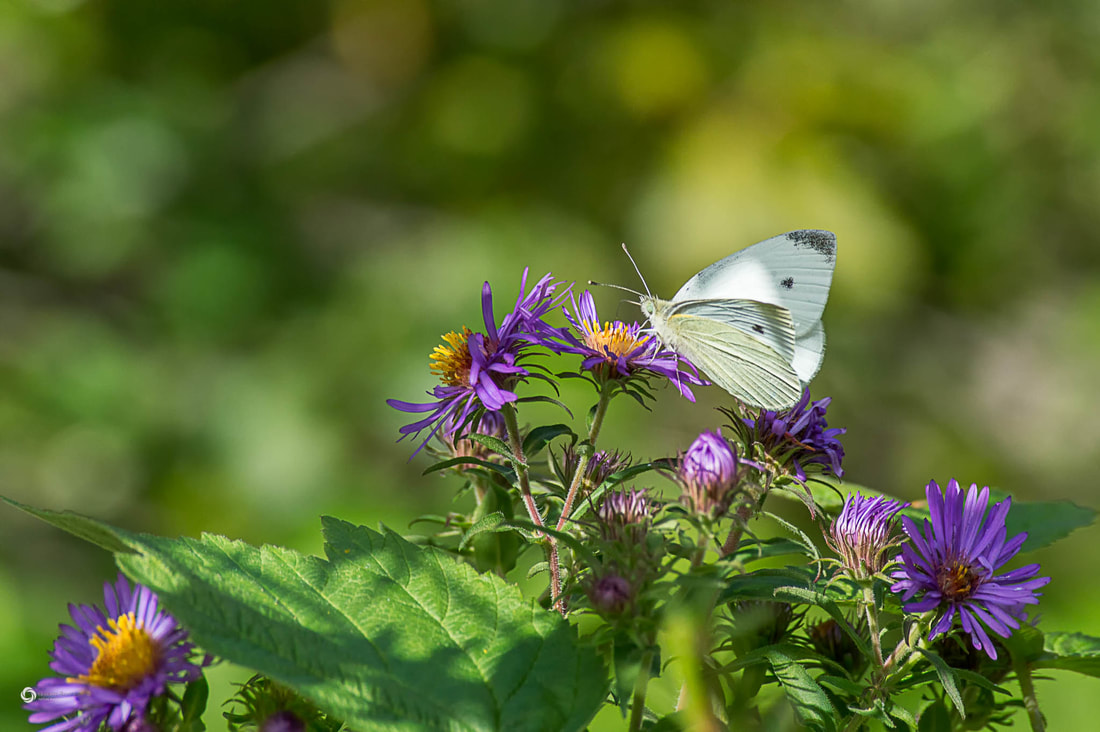- Home
- Garden Thyme Blog
- Themes
- Flowers
-
Veggies
-
Warm Season Vegetables
>
- About Beans >
- About Corn >
- Cucumbers >
- Melons
- Peppers >
- Squash >
-
Tomatoes
>
- How to Harden Off Tomato Plants
- How (and when) to Prune Tomatoes
- Magnesium Sulfate (Epsom Salt) for Tomatoes
- Blossom End Rot in Tomatoes
- Growing Cherry Tomatoes in Hanging Baskets
- 4 Best Tomatoes for Short Seasons - Early Tomatoes
- 5 Early Maturing Tomatoes for Short Season Gardening
- How to Ripen Green Tomatoes
- How to Make Sun-Dried Tomatoes at Home
- How to Grow a Pomato Plant
-
Cool Season Vegetables
>
-
Warm Season Vegetables
>
- Herbs
- Gardening Basics
- Garden Pests
- Birds
- Fiddleheads and Fairies
- About Us
- Contact Us
- How to Marinate Roasted Vegetables
|
New England Asters (Symphyotrichum novaeangliae) can be found throughout Maine and other New England states, but they are not exclusive to New England. These hardy wildflowers also grow across much of the continental United States. Blooming in late summer or early fall, they continue to bloom until a hard frost in late fall. New England Asters blanket roadsides, ditches and other open areas, creating vibrant color after many of the native flowers have faded. Color ranges from purple-blue to lavender and pink. They are often found in clusters and may have several variations of color within the cluster as the plants self-seed readily and frequently grow close together. They may reach heights of six feet, but most are three to four feet high. Legend of New England AstersAccording to Greek legend, the aster originated from the tears of the goddess Astraea. When the Greek god Jupiter decided to flood the earth to stop men from warring, Astraea was so distraught she asked to be turned into a star. But, her lofty position as a star did not spare her despair. When the flood waters receded, Astraea was overcome with sorrow for the loss of lives and began to cry. Her tears magically transformed to stardust and fell to the earth. The lovely aster flower sprung forth where her tears dampened the earth. New England Asters Are a Valuable Food Source for PollinatorsThese flowers are valuable to pollinators as they provide nectar for bees and flying insects in the fall when there is little available from other flowers. A cluster of New England Asters is typically abuzz with activity from bees, butterflies and other flying insects. Growing AstersWhile you can purchase cultivated New England Asters from seed companies and nurseries, you can also dig up wild asters for your garden bed or to plant along fences or the edges of your property. If you choose to dig up asters, make sure you ask the property owner for permission.
0 Comments
Leave a Reply. |
For more nature photography, check out my photography site.
|
Copyright © 2014 Nannette Richford
- Home
- Garden Thyme Blog
- Themes
- Flowers
-
Veggies
-
Warm Season Vegetables
>
- About Beans >
- About Corn >
- Cucumbers >
- Melons
- Peppers >
- Squash >
-
Tomatoes
>
- How to Harden Off Tomato Plants
- How (and when) to Prune Tomatoes
- Magnesium Sulfate (Epsom Salt) for Tomatoes
- Blossom End Rot in Tomatoes
- Growing Cherry Tomatoes in Hanging Baskets
- 4 Best Tomatoes for Short Seasons - Early Tomatoes
- 5 Early Maturing Tomatoes for Short Season Gardening
- How to Ripen Green Tomatoes
- How to Make Sun-Dried Tomatoes at Home
- How to Grow a Pomato Plant
-
Cool Season Vegetables
>
-
Warm Season Vegetables
>
- Herbs
- Gardening Basics
- Garden Pests
- Birds
- Fiddleheads and Fairies
- About Us
- Contact Us
- How to Marinate Roasted Vegetables


